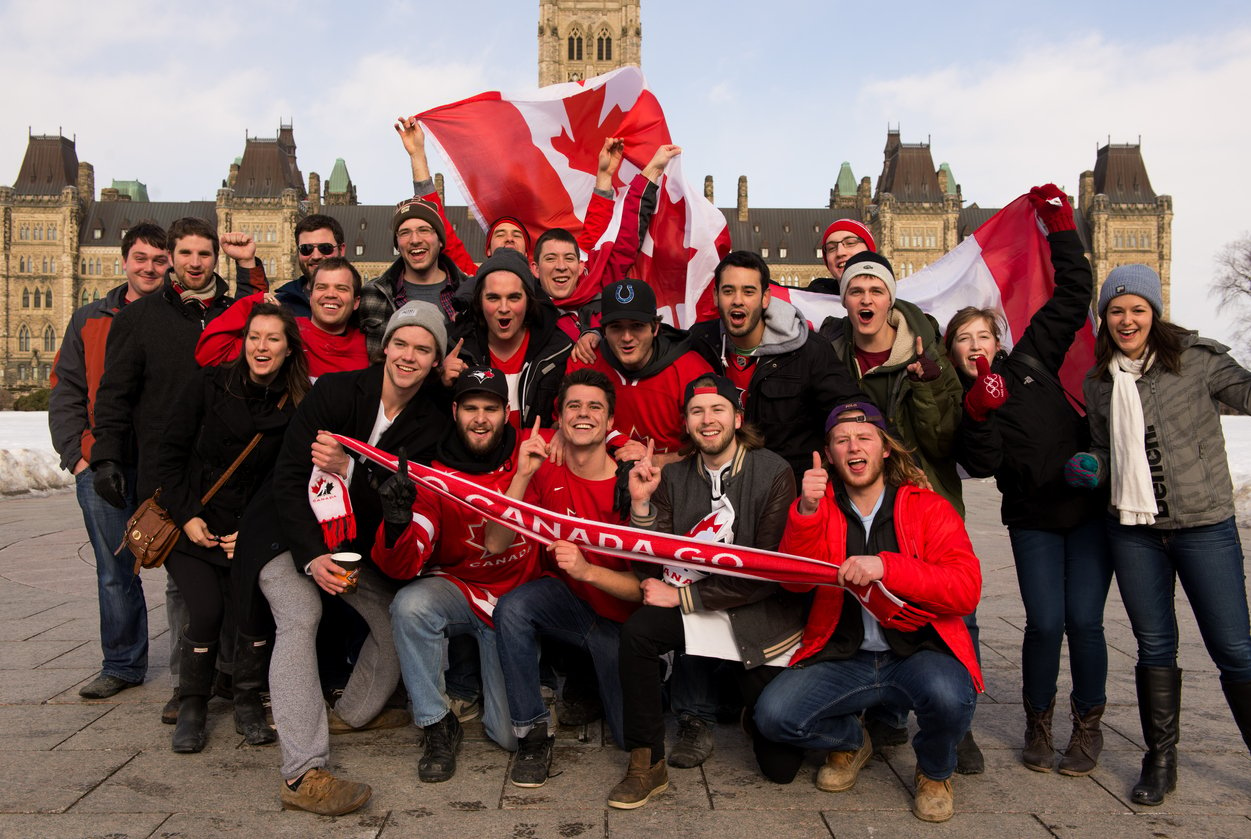All throughout Canada, November is the month when it officially begins to get cold. On the prairies and in the North, it is not unusual for it to snow in October. It is not uncommon for it to be cold there until March or April. Therefore, for about six months out of the year, it is not possible for Canadians to play baseball, cricket, or football. Young (or young-at-heart) athletes have to find a different sport to play so they can continue to compete against each other during the cold weather months.\
In the 1800’s a game called Shinnie was created on a frozen pond in the country of Nova Scotia. It is more popularly known by the name hockey and it became very well-liked throughout the country of Canada. When the game was first created, there were no rules about what size the rink should be. With no rules about the size of the rink in play, it was possible for each team to have nineteen players. However, as the game grew and developed, the size of a hockey team was lowered to five players and one goaltender.

Hockey was not the only game to be created in Canada. Basketball was also created in that country. However, gyms that are heated where sports like basketball could be played were not available in the majority of rural communities, but ice was available all throughout Canada. Children played Hockey on frozen ponds, lakes, and rivers. They played in big buildings with no heat in them, but they were kept safe from bad weather like snowstorms.
During the end of the 1800’s, hockey leagues started being created. Every city and town had their own hockey team and they competed against each other. In 1897, Canada’s Governor-General Lord Stanley of Preston donated a trophy that was given to the best hockey team in Canada. It was named the Stanley Cup and it is still given to the best professional hockey team every year.






